The New Cinnamon Mafia: A Dangerous Greedy Game
How They’re Doing It & How to Spot This New Fake Cinnamon
It was one of the strangest conversations I’d ever had: I was in the middle of a business meeting with the General Manager of Clifton Market, soon to be the newest and hottest organic grocery store in Cincinnati, and this man had just told me that sawdust (ie the equivalent of “dirt”) was being passed off as Ceylon cinnamon (ie the equivalent of GOLD).
Don’t get me wrong: I know cinnamon comes from the bark of the cinnamon tree, but he wasn’t saying that.
“They just use leftover common sawdust and dye it to look like cinnamon”.
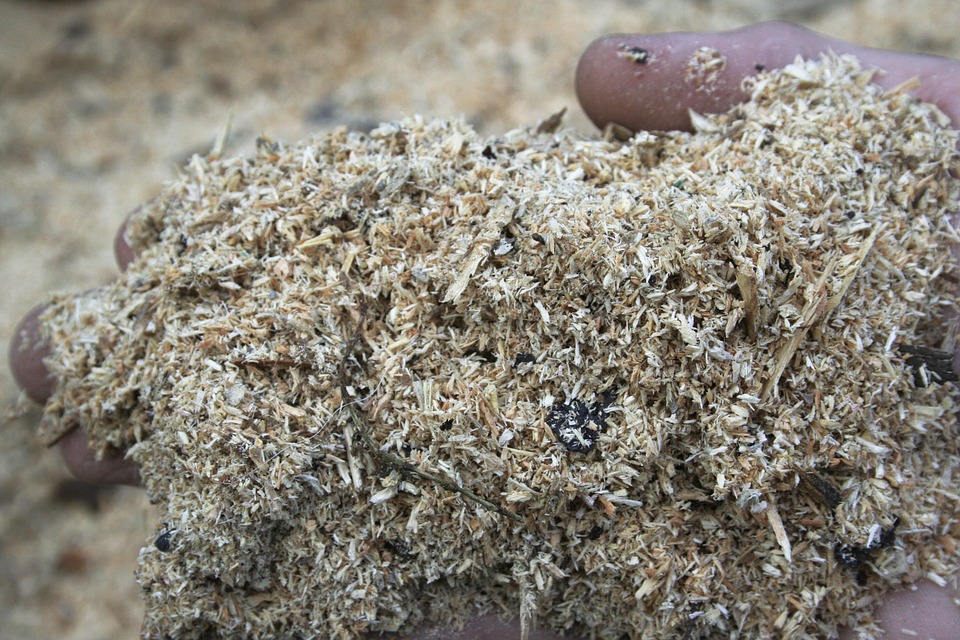
To be clear, at that point, I had no difficulty believing that companies like Bayer or the former Monsanto have given us (genetically modified or pesticide-laden) “food” products that are actually bad for us. But to think that body-nurturing health food was now being replaced with trash by organized crime? After all, wasn’t fabricating the ancient healing spices of India and Sri Lanka a bit out of their skill set?
And who would have the nerve to mess with cinnamon, that tasty spice and healthy sweetener, helping with blood sugar regulation, inflammation, the immune system, and even losing weight? Could someone really be so cruel to take away one of the most amazing spices in history that flavors so many drinks, baked goods, and cookies so wonderfully?
But this game isn’t really that new.
Many people are already aware of the billions of dollars of fake olive oil that has flooded the market in the USA, with up to 90% has been contaminated or mislabeled in some way with fake or inferior (even really bad for you) ingredients.
So if this new agromafia, as it has been called, could run a whole network of fake food manipulation, from olive oil to bread to cheese to wine, why couldn’t it also tamper with markets in Asia that have sold one of the most valuable spices in history: Ceylon cinnamon?
Which gets to the heart of the problem: if it’s tough to spot fake olive oil, it’s even tougher to spot faked cinnamon. And its being “fake” isn’t a big problem in itself (after all many people are happy with a faux Gucci bag, if it looks real enough): the bigger problem is what is taking its place and being sold as “Ceylon (aka ‘true’) Cinnamon”.
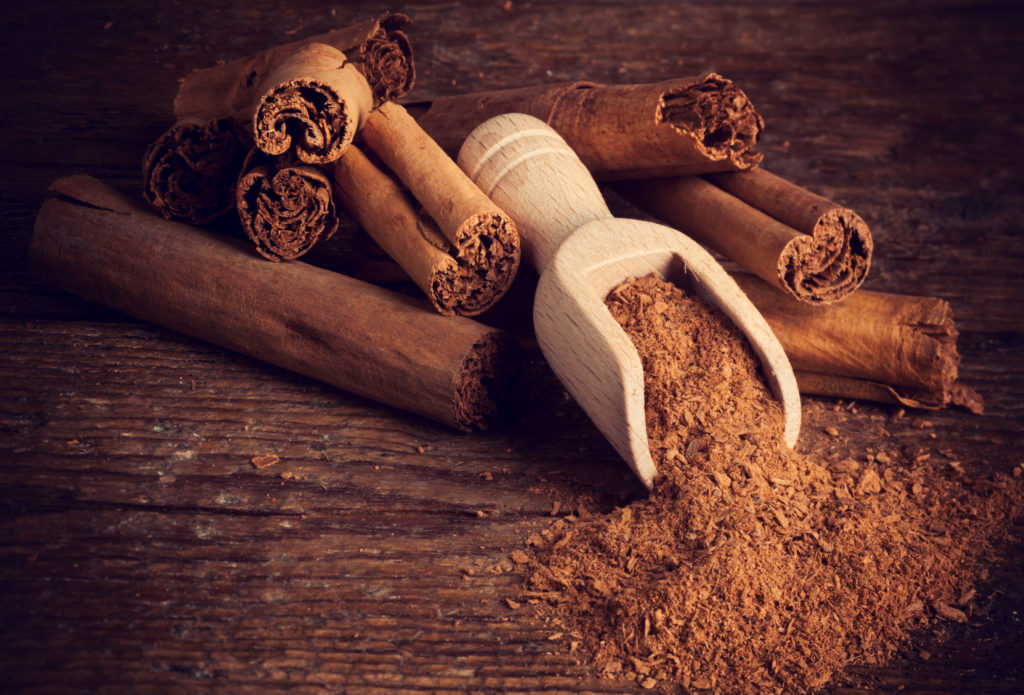
Banned Substances
Having had chronic and sometimes health problems in the last 30 years, even to the point of complete immobilization and suicidal thoughts, it’s tough for me to think that people would actively make the choice to destroy their own health.
But unfortunately, many consumers, rather than intentionally choosing something they think is bad for them may actually think something like “regular” cinnamon is actually good for them.
Common as these other cinnamons are being made available, t’s actually becoming a well-known fact to both MDs and natural doctors that cassia cinnamon, along with the other varieties that are not Ceylon like Saigon (Vietnamese), and korintje cinnamon (Indonesian) at higher doses of cinnamon does cause liver damage, cancer, and other medical problems.
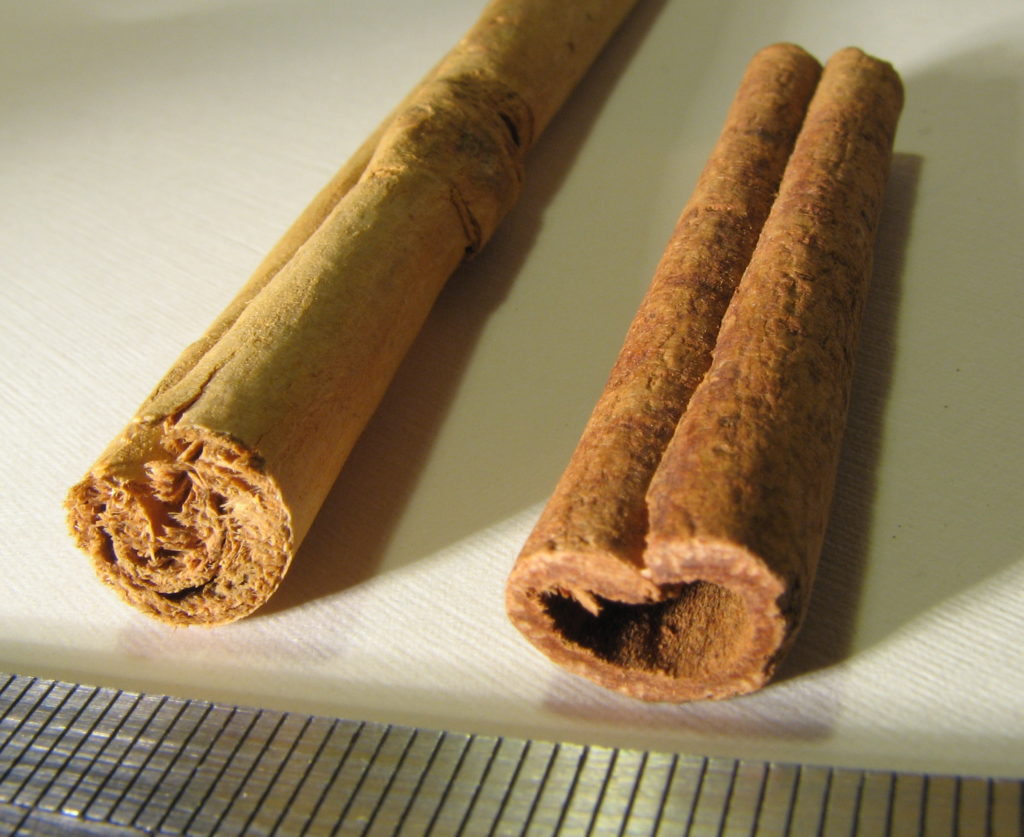
In fact, when looking under descriptions of Youtube videos on the danger of these other cinnamons, one can find episodes of health problems like this:
I do agree with a boatload of cinnamon triggers liver inflammation. My mom freaked out when we realized that my acute issues were because of the cinnamon I was using, a lot! Last year, I went through a weird phase and I was just putting cinnamon ON EVERYTHING! Things you wouldn’t even think to put cinnamon on, I did it, and this was because I’ve been in love with cinnamon ever since childhood, so when my parents’ relationship was on the frits, I used it as a way-around-the-bush to cope with the stress. At 125 lbs., I probably hit about 5 grams of cassia cinnamon for about 10 days before I started noticing random issues: my hair started falling out, my side hurt (because my liver was inflamed and swollen), it hurt to eat anything, I sweat a lot as a way my body tried to detox from it, I couldn’t get hydrated at all (no matter what I tried) and that made sweating a lot even more dangerous for me since I already had a problem keeping hydrated, my pulse would randomly spike to dangerous levels and caused panic attacks, and overall I felt like crap.
@HaleenaNoland via Youtube.com
While it’s good that it seems Haleena recovered well from her poisoning from cassia, unfortunately the toxic chemical found to a high degree in all the non-Ceylon cinnamons, coumarin, is exactly what people who seek cinnamon’s benefits do NOT need.
In fact, this same coumarin has actually been banned as a food additive since 1954, and is still listed by the FDA as “a substance generally prohibited from direct addition as human food”.
Unfortunately, despite the evidence of liver and kidney problems, along with neurological effects in children exposed to coumarin during pregnancy, the FDA still makes no distinction between ultra-low coumarin Ceylon cinnamon and the cheaper cinnamon varieties and mandates no warnings on non-Ceylon cinnamon.
Tastes Great? Or is it “Fool’s Gold”?
For the everyday consumer, it’s tough to tell the difference between Ceylon cinnamon and other cinnamons like cassia. But being that cassia (Chinese) cinnamon is as little as 1/10 the cost of Ceylon cinnamon, this confusion makes it great for counterfeiters.
Nowhere else is this more of a problem than in India.
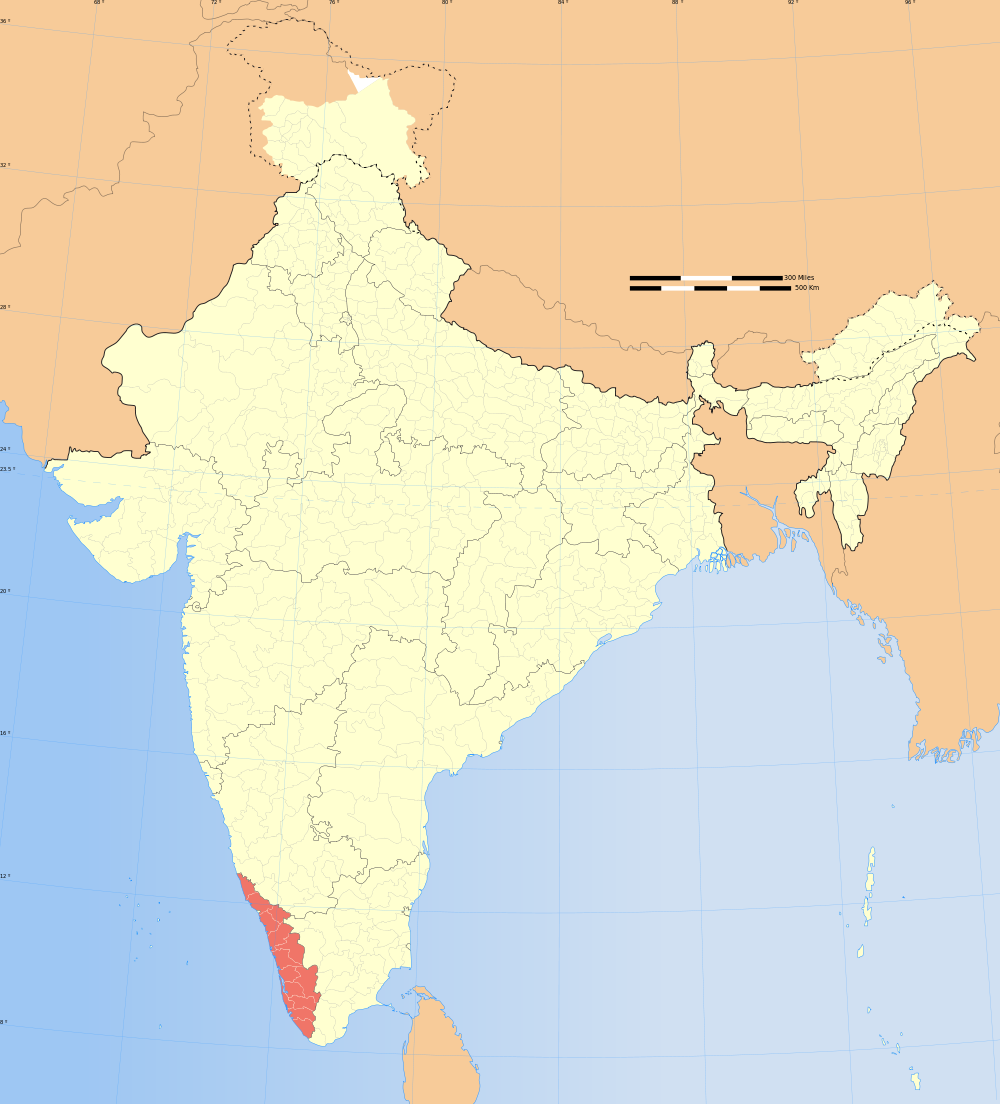
India, being right next to the border of China, receives a massive amount of cassia cinnamon that continues to compete with the Ceylon cinnamon grown there in the district of Kerala. And too commonly, the cheaper, unhealthy cinnamon is being sold as Ceylon cinnamon.
And farmers and consumers are outraged:
Kul Bhushan Kukreja from New Delhi comments
“This is a crime of the highest order. The perpetrators of this crime deserve the death sentence for playing with the health of humans. Center and State Governments must take immediate action to ban sale of cassia under the garb of cinnamon.”
And statistics point to the rarer, more precious, Ceylon cinnamon’s plantations becoming smaller and smaller because of consumers being fooled by the fake cinnamon, with the once famous only supplier of cinnamon, Sri Lanka, now having only about 30% of the world’s exports and only about 7% of the world’s supply of “cinnamon”.
A Hidden Treasure
What makes this cinnamon game so challenging is that most people opt for cinnamon powder rather than sticks.
But if you DO choose to grind your own sticks, you can be quite certain that you have the virtually non-toxic famous Ceylon cinnamon.
True Cinnamon (cinnamomum verum) looks like this:
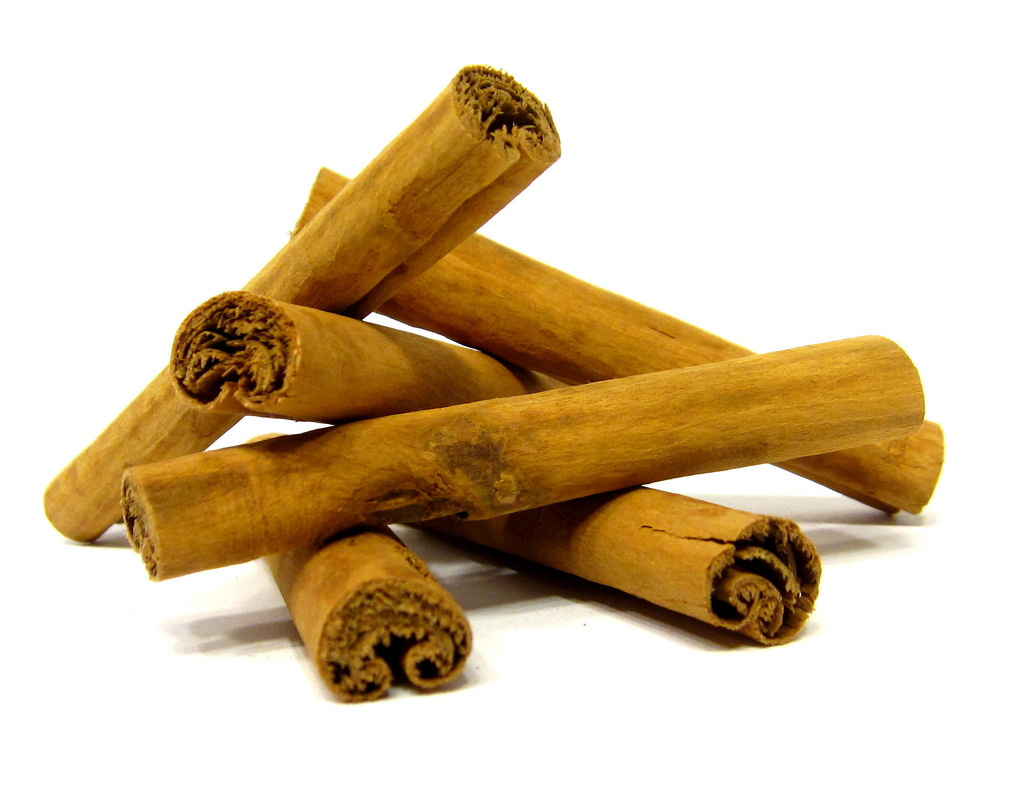
Notice how the true cinnamon has many folds, is brittle, and will not only be delicate in texture, but also in taste.
Cassia, and similar cinnamons, look more like this:
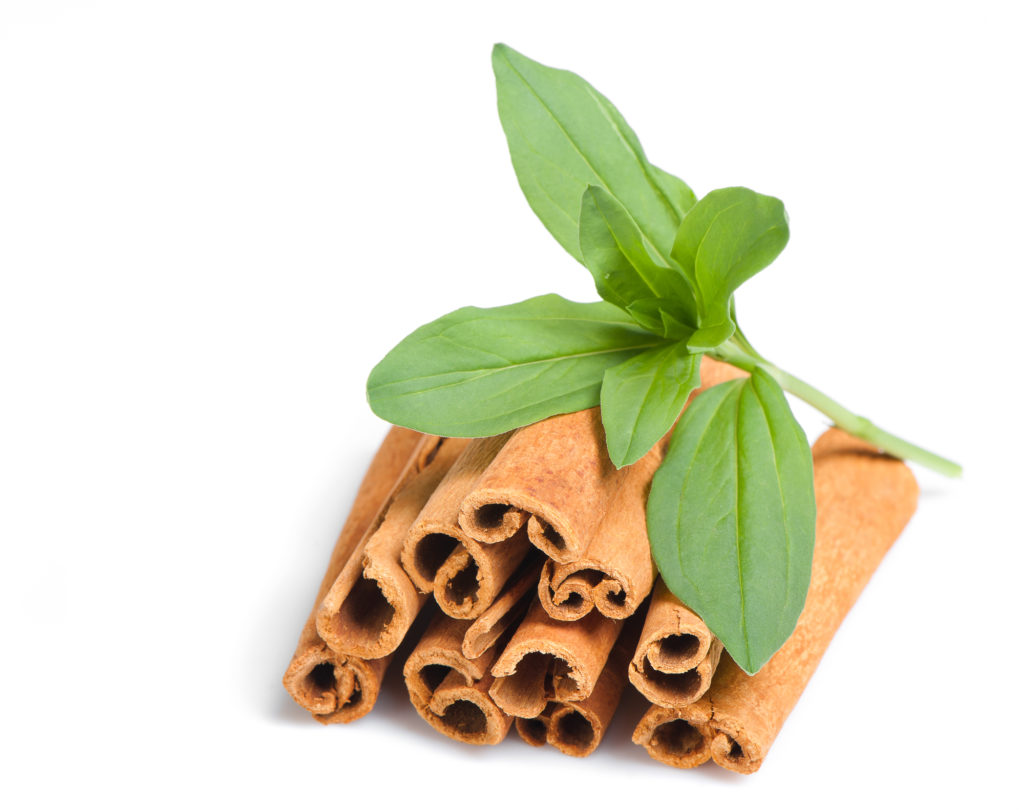
It is quite hard, and has a stronger taste.
Don’t get me wrong, the uses of Ceylon and other cinnamons is virtually interchangeable, though connoisseurs will be adamant about the superiority of cinnamon from Ceylon for various dishes included mulled wine and desserts.
But how can you tell which is which if they have already been ground?
The easy answer is that you can know it’s real if it comes from Sri Lanka (a.k.a. Ceylon).
But as we’ll see below, to actually know that it really is from Ceylon is a little more tricky.
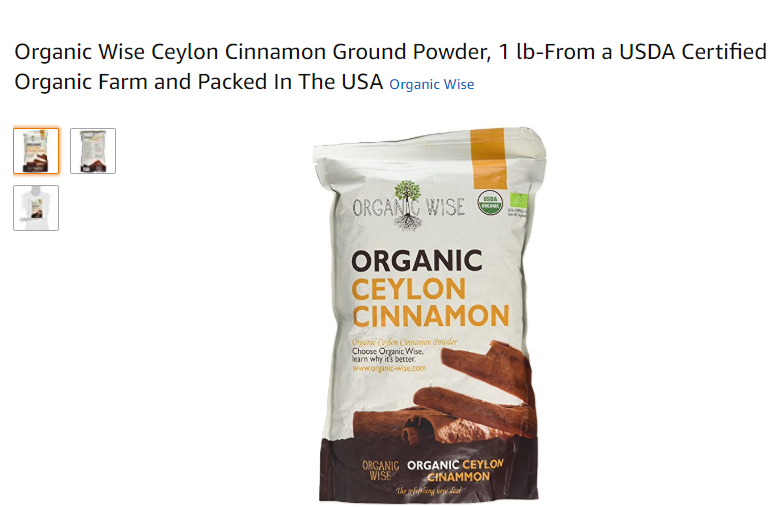
In this example off Amazon, you’ll see that the sellers claim this product comes from Sri Lanka, but on the package is no statement of the powder’s origin. In fact, on the listing it is “packaged in the USA”, with no certifying organic organization in Sri Lanka, but instead one in Colorado (???).
Besides the fact that the picture on the label is actually that of cassia cinnamon, other warning signs include reviews from customers who claim the cinnamon they received was actually cassia, not Ceylon cinnamon.
Price
What about the price? Can one tell if it is real cinnamon just by the price?
Though some companies charge an exhorbitant amount for cassia cinnamon posing as Ceylon, price can also be a reliable indicator of whether or not you are getting the real thing.
The fact is that Ceylon cinnamon can be 10x the cost of cassia cinnamon.
But no, it’s not because growers, processors, and sellers are greedy. It’s because the care and harvesting of Ceylon cinnamon is a time-consuming , labor intensive, a true craft.
First, real cinnamon seeds typically take three years to grow into a tree and then barks can be harvested three times a year for up to six years.
After the harvesting of the actual tree, begins with the scraping off the outer layer of the cinnamon bark with special tools, in order not to damage the inner layer. This scraped skin is recycled into compost to grow more cinnamon plants.
The inner layer of the bark is then gently carved, in order to separate the tasteful cinnamon from the inner wood.
This skinned layer is then rolled into layers to to create a larger, multi-layered quill.
The edges of the quills are cut to standard length by scissors and then dried for at least 10 days before packaging.
Cinnamon oil is then created using the inner wood and the dried leaves of the cinnamon tree by heating them in an oven.
The dried cinnamon quills are then categorized into four main groups based on size.
So these delicate “scrolls”, or quills, are a product of much love and care by Sri Lankan farmers and harvesters and really can’t be compared to the less healthful, hard single layered pipes that come from other trees that give a cinnamon-like taste.
In other words, with most true organic cinnamon selling between $15-$25 a pound, you are probably getting a counterfeit if it costs much less than that, whether it be from Sri Lanka or India.
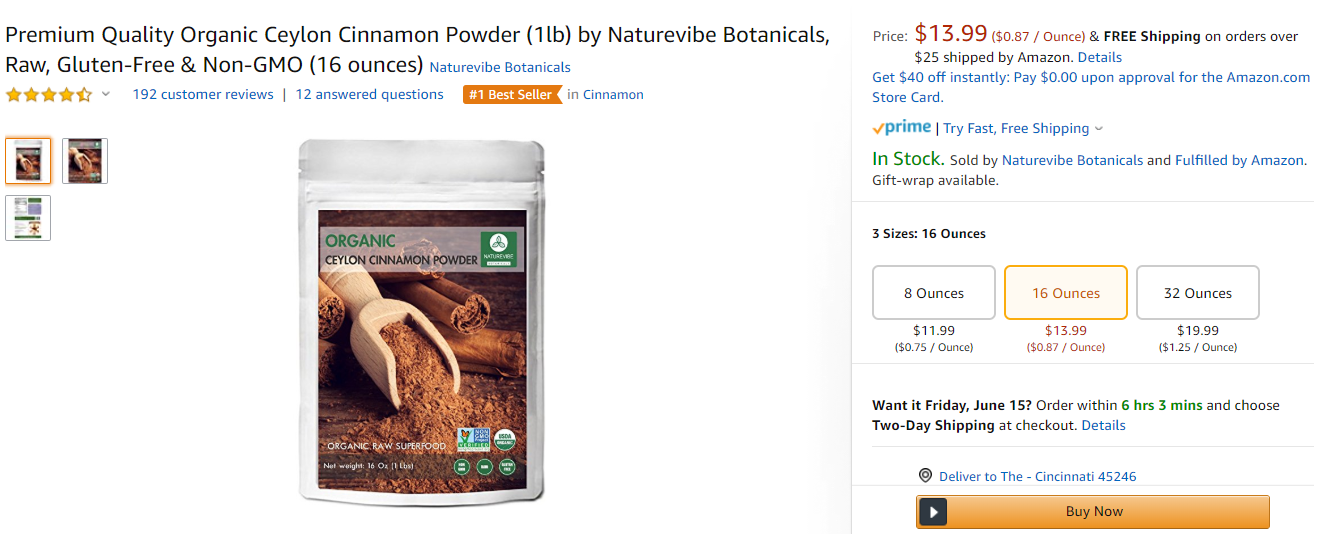
Another example of cinnamon on Amazon, this one formerly having a picture of cassia cinnamon as it’s product picture. While some have complained its cassia, also note that it is cheap and comes from India, which also has a lot cassia cinnamon, being next to China.
This is a big reason to be careful about Indian cinnamon.
Conclusion
The world is ripe with counterfeit products, but quality does matter.
For taste, many people prefer the stronger, cheaper cassia and other cinnamons. But the finer true cinnamon has a tradition of thousands of years of giving healing benefits without toxic side effects.
There’s really no need to freak out if you have cassia or another cinnamon every now and again, but why pay for Ceylon cinnamon if you are doubtfully getting it in the first place?
Hopefully the FDA will one day put into place testing to see if people are getting bona fide cinnamon in the future, but for now there are some solid principles to make sure you are getting golden and true Ceylon cinnamon and not a cheap imitation.
SPECIAL OFFER (and good news!)
So learning about the apparent shenanigans in the cinnamon world can be a bit depressing, but NO FEAR!
Coconut Country living does source its cinnamon from Sri Lanka (its on the bag as we import it), and even has the corresponding cinnamon sticks to prove its that same tried and true ancient cinnamon worth its weight in gold.
So have you added true cinnamon to your diet to get all of its amazing health benefits?
Whether of not you’ve begun to tap into these ancient secrets, CCL wants to help you get the most of real cinnamon. So if you are up for a cinnamon comparison we back all of our purchases with a 100% satisfaction guarantee. We aren’t happy until you are.
And we really want you to enjoy the benefits of true cinnamon, which is why we’ve created this handy guide (by a Kindle best selling author!) that you can keep for free, whether you are happy with your cinnamon or not.
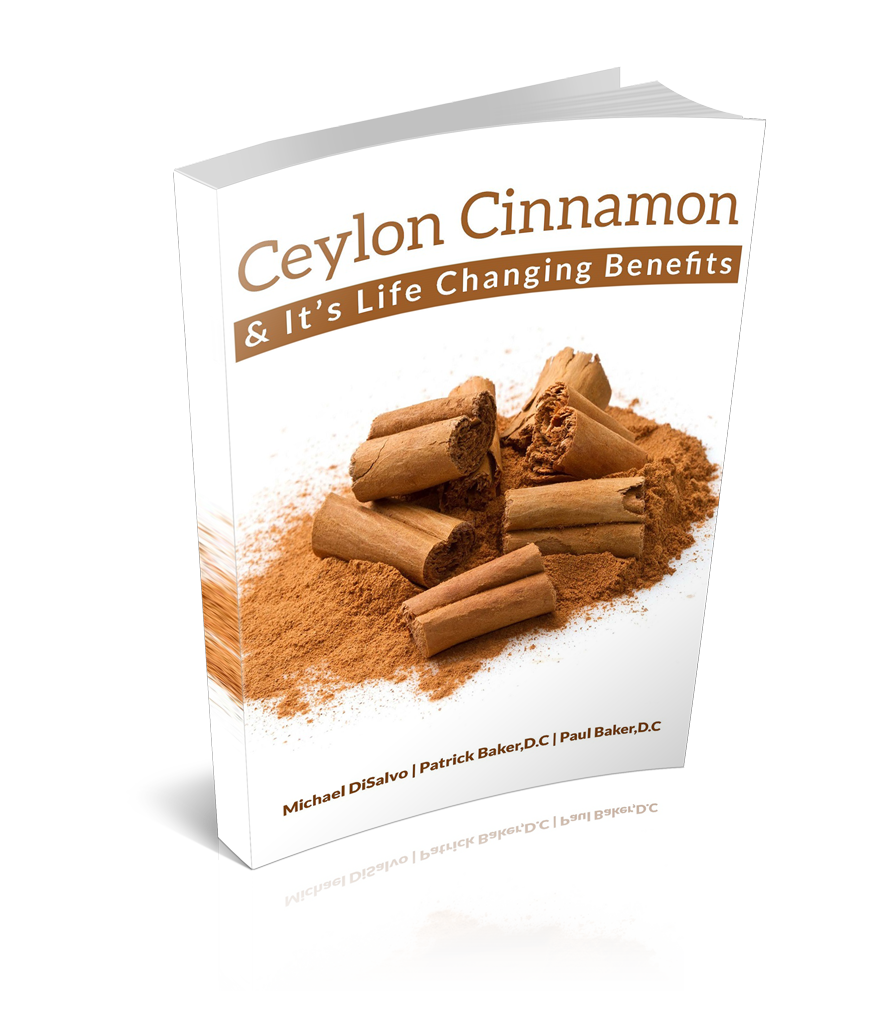
So are you ready to try real cinnamon from Coconut Country?
Join the other fans:

The ancient secrets of true cinnamon are honestly too many to name here. But come join us in our journey to heal the world through tasty superfoods, and we can experience them together in Coconut Country!




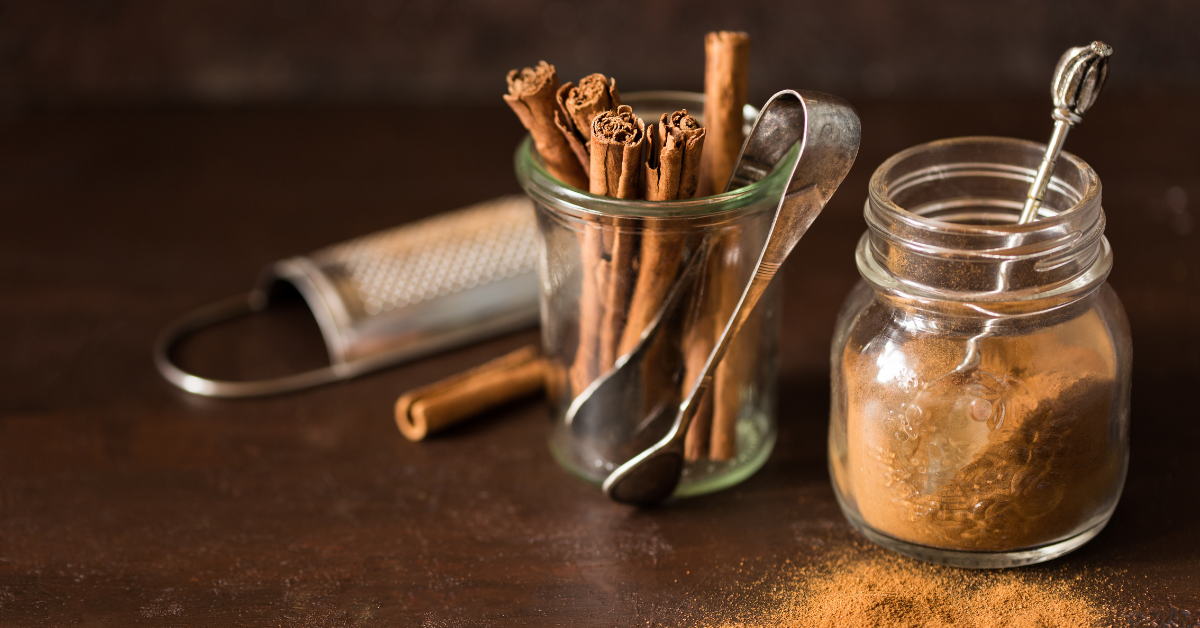
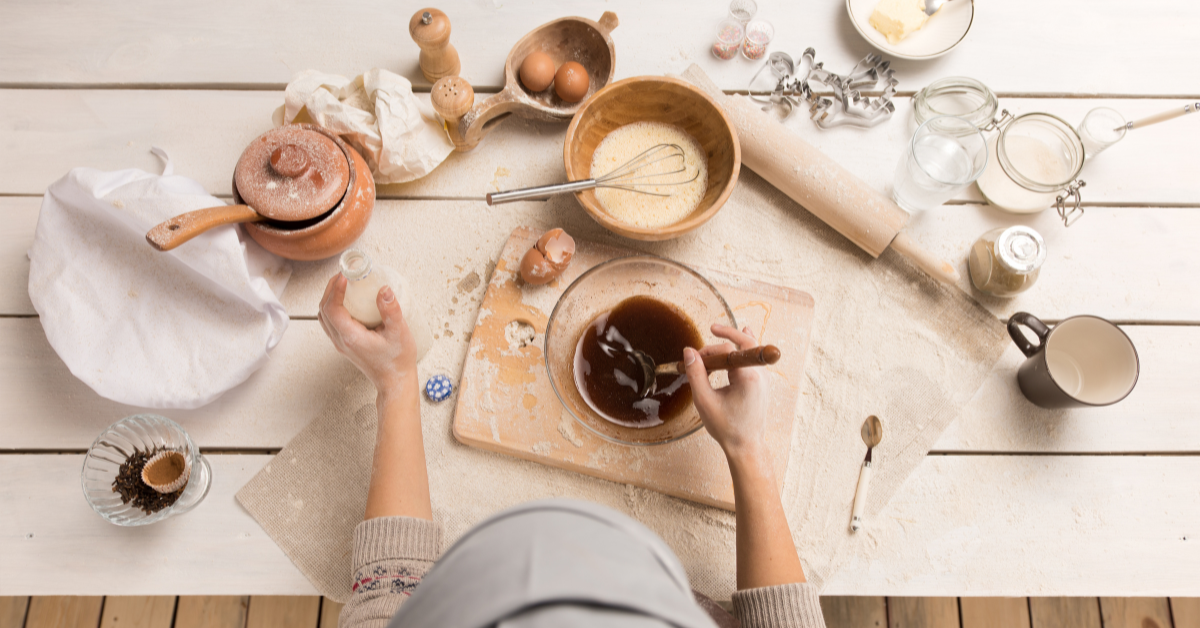
This Post Has 0 Comments